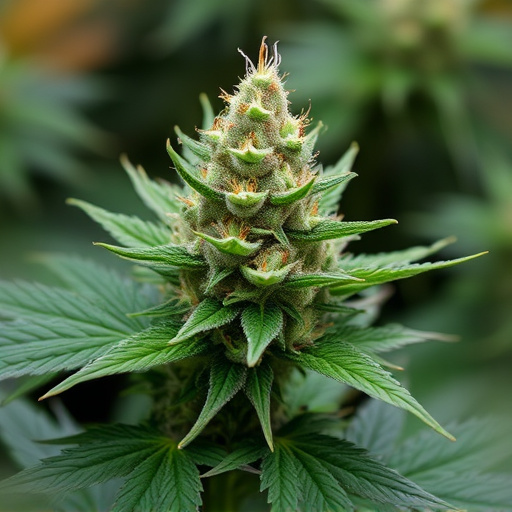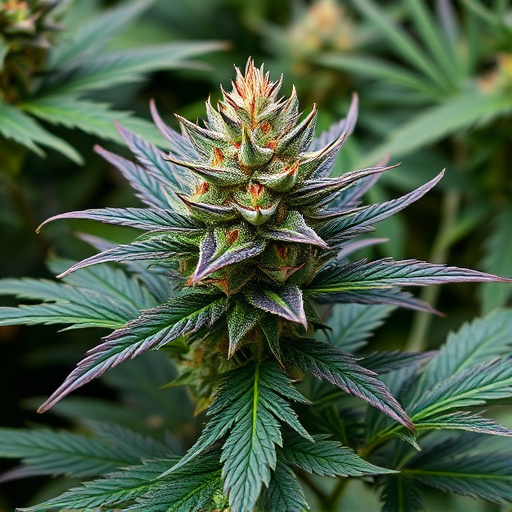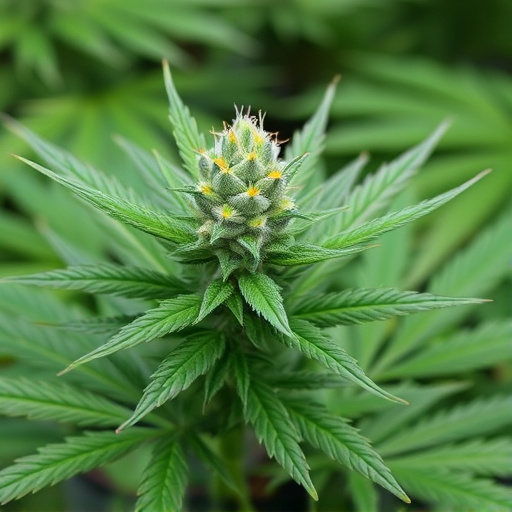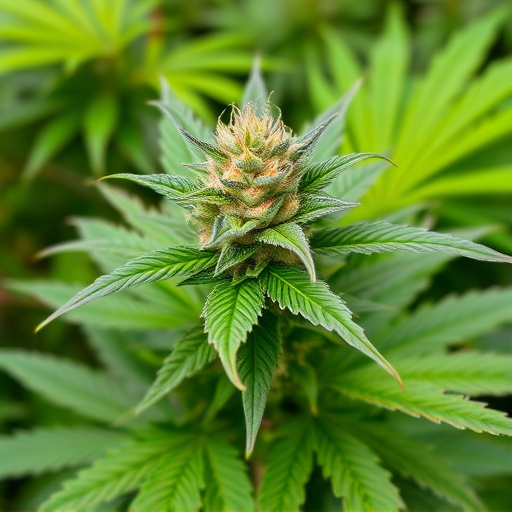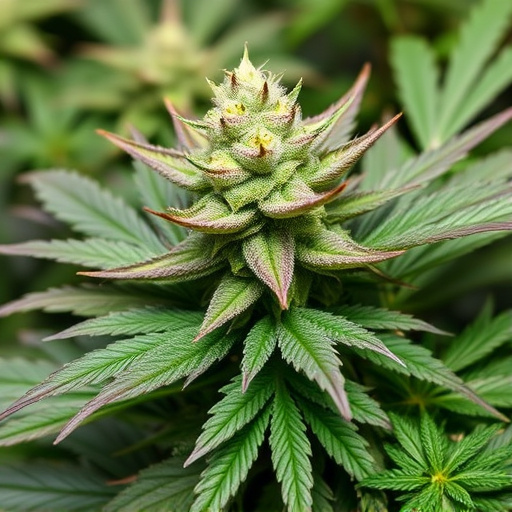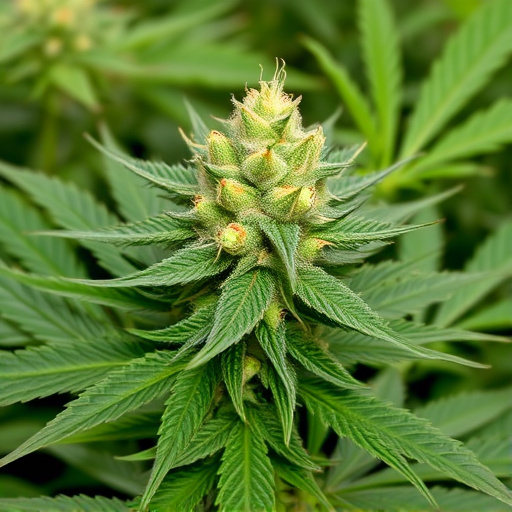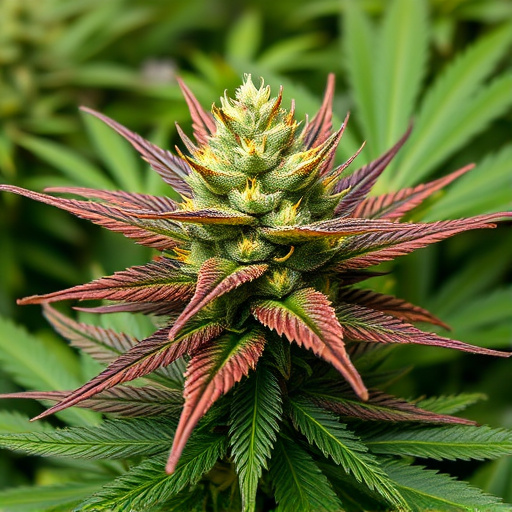The detection time of cannabis in an individual's system is significantly influenced by metabolic rate, age, BMI, health status, and cannabinoid profiles, such as those found in Hawaiian cannabis strains. These factors determine the duration cannabis remains detectable, with varying effects based on THC levels and consumption methods. Genetic diversity in Hawaiian strains contributes to faster or slower metabolism, affecting drug test results and posing challenges for legal professionals amidst evolving cannabis regulations.
“Unraveling the Elusive Timelines: Factors Influencing Cannabis Detection Times”
Cannabis detection times are not one-size-fits-all. This article delves into the multifaceted factors shaping these timelines, from metabolic rates and genetic variations to cannabis strain characteristics and external influences. We explore how individual metabolisms, influenced by genetics, play a pivotal role in determining the duration cannabis remains detectable. Additionally, we scrutinize the impact of terpene profiles, cannabinoid concentrations, and hybrid types, even considering the effect of environmental conditions and testing methods, with special attention given to the unique attributes of Hawaiian cannabis strains.
- Metabolic Rates and Individual Variations
- – Exploring the role of metabolism in cannabis detection times
- – Genetic factors influencing breakdown speeds
Metabolic Rates and Individual Variations
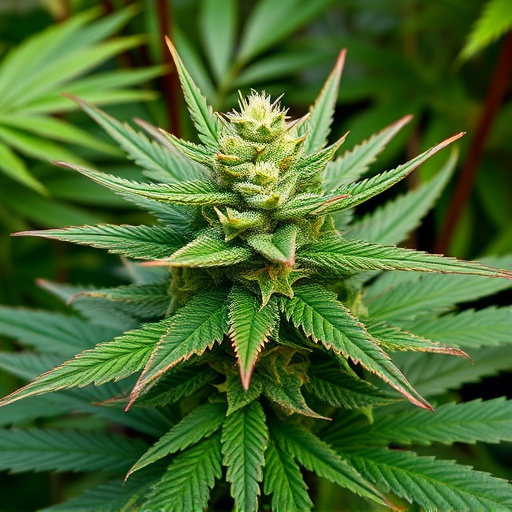
The metabolic rate, a measure of how quickly an individual’s body processes substances, plays a significant role in determining cannabis detection times. People with faster metabolic rates may eliminate cannabinoids from their system more rapidly than those with slower rates, leading to shorter detection windows. This variability is influenced by various factors such as age, body mass index (BMI), and overall health. For instance, younger individuals often have higher metabolic rates compared to the elderly, which can impact how quickly cannabis-related compounds are cleared from their systems.
When considering the diverse range of Hawaiian cannabis strains known for their potent profiles, understanding these individual variations becomes even more critical. These strains, renowned for their rich terpene and cannabinoid content, can produce varying effects based on an individual’s metabolism. Some may experience noticeable effects within a few hours, while others might not be detectable after 24-48 hours due to metabolic differences, illustrating the unique journey of cannabis consumption and detection.
– Exploring the role of metabolism in cannabis detection times

The metabolic process plays a pivotal role in determining how quickly cannabis is detected in an individual’s system, especially with the diverse range of Hawaiian cannabis strains available today. These strains vary widely in terms of cannabinoid profiles and concentrations, which directly impact metabolism. For instance, higher levels of THC (tetrahydrocannabinol), one of the primary psychoactive compounds in cannabis, can lead to longer detection windows due to its slow elimination rate from the body. Metabolic rates differ from person to person, influenced by factors like age, weight, overall health, and individual variations in enzyme systems that break down cannabinoids.
Understanding these metabolic complexities is crucial when considering the timing of drug tests, especially for individuals who regularly consume cannabis, including those enjoying Hawaiian strains known for their potent effects. Factors such as method of consumption (smoking versus ingestion) and frequency of use can also contribute to varying detection times, underscoring the need for accurate interpretation of test results based on an individual’s unique metabolic makeup.
– Genetic factors influencing breakdown speeds
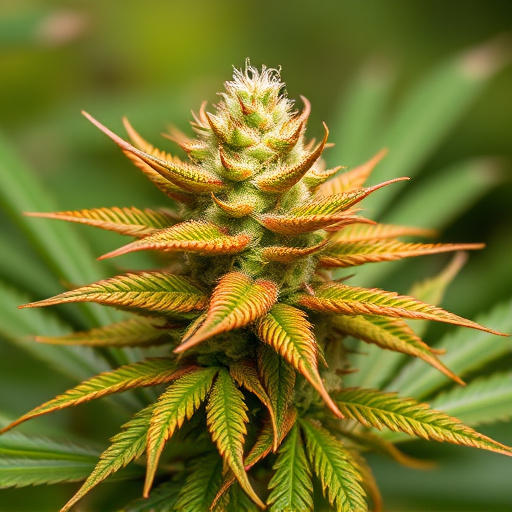
The genetic makeup of a cannabis plant plays a significant role in determining how quickly its compounds break down in the body. Hawaiian cannabis strains, known for their diverse and potent profiles, offer an intriguing example. These varieties often boast unique genetic characteristics that can impact metabolism and subsequent detection times. For instance, certain strains may have faster breakdown rates due to specific genetic mutations, leading to shorter window periods where the presence of THC (the primary psychoactive compound) is detectable in a user’s system.
Research suggests that variations in genes responsible for metabolizing cannabinoids can cause differences in the rate at which THC and other compounds are eliminated from the body. This, in turn, affects how long it takes for these substances to be detected through standard drug testing methods. Understanding these genetic factors is crucial for both cannabis enthusiasts and legal experts navigating the complexities of cannabis regulation, especially with the growing popularity of Hawaiian cannabis strains across various markets.
In understanding the factors that affect cannabis detection times, especially with the growing popularity of Hawaiian cannabis strains, it’s clear that metabolic rates and individual variations play a significant role. Genetic factors influence how quickly the body breaks down cannabinoids, leading to variable detection windows. By recognizing these influences, individuals can better anticipate and manage the duration cannabis remains detectable in their system, ensuring responsible use and compliance with legal guidelines.





